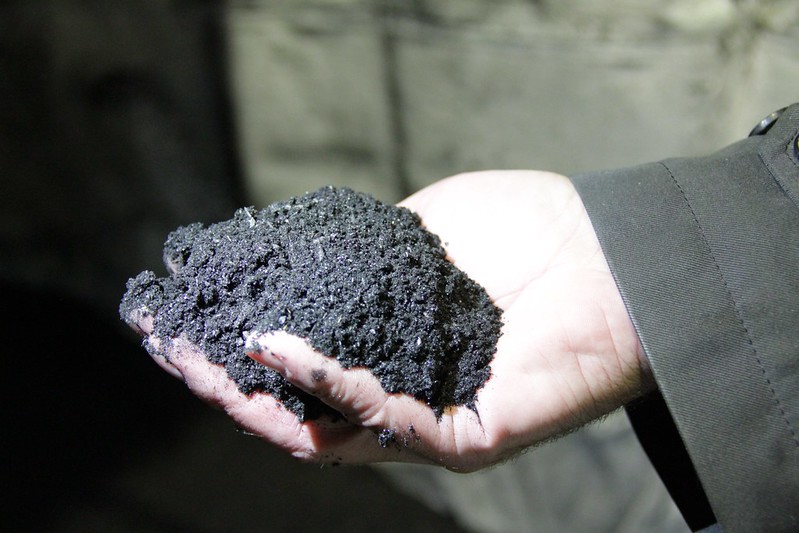Several stories in the COP27 Anthology showed how biochar works as a climate solution, in particular Mangrove Maj. Biochar is charcoal made from plants that helps bring back life to degraded soil. There are already a number of small operations working with this solution around the world such as Renewables Plus, Pyreg and Puro.
Our experts have classed this solution as a ‘low hanging fruit’ (relatively low cost and quick win).

How does this solution rate on:
| Climate impact: tonnes of carbon saved/removed | Sites can produce between 1 tonne per year and 10,000 tonnes per year of biochar = 3 tonnes of CO2 sequestered. |
| Climate adaptation-resilience | Biochar in the soil helps rebuild soil health and water retention. |
| Social justice i.e. addresses inequalities, diversity, inclusion | Integration of carbon credits into the agricultural process provides additional sources of revenue for rural people and businesses. |
| Cost of action needed to progress goal | Various types of equipment are available which can be used by low-cost small-scale operators and high throughout large-scale operations. |
| Which location is the solution most needed/applicable | The process can be most effectively deployed on plantations and industrial sites that are already handling large quantities of biomass. |
| Risk | As the process is distributed across the land, it is low risk. |
| Feasibility | This process could be widely applied today. |
Do your own research on the solution
This short video explains how a company called HUSK use biochar in Cambodia to fight the climate crisis.
These two TED talks also give a good explanation of biochar and how it works:
This BBC Horizon documentary also illustrates the history of biochar. The solution is not a new one that we are proposing. In fact, it was already used by the inhabitants of the Amazon Rainforest pre-Columbus. Whilst the solution is easy, cheap and effective, biochar is yet to become a mainstream solution.
For some further reading, you may wish to visit this Project Drawdown page or this International Biochar Initiative page on biochar technology.
Interested in progressing this solution further?
Here are a series of steps you can take to progress this climate solution further. You can also contact us at greenstories@soton.ac.uk and we’d be happy to connect you with experts in these solutions to discuss further.
| Actions for policymakers | Biochar is a straightforward climate solution that is small scale now and could be much larger. Carbon credits should be graded so that the highest quality credits such as those from biochar are clearly differentiated from others. Offsetting activities should include a % of these high-grade credits, and a sliding scale of the lower-grade alternatives. Soil restoration should be prioritised. The registration of projects for carbon credits is onerous. It is not worth developing a project of fewer than 1000 tonnes. This should be greatly simplified. To balance this inconvenience, it should be made more inconvenient to run a CO2 emission source. For example, all vehicles, machines or generators with a fuel tank of more than 70 litres should be registered as a large emissions source – this includes most big SUVs and pickups. An onerous form, matching that of a carbon credit registration, should be filled in, detailing the operation of the CO2 source, so that a better understanding of these sources can be generated, and to discourage non-essential use. |
| Actions for funding bodies | Provide full funding for dozens of projects in multiple locations around the world. |
| Actions for business | Use as many high-grade carbon credits as possible. Be prepared to pay in advance for better credits. Work with agricultural suppliers to help them convert their agricultural residues into biochar. |
| Actions for public | Reduce personal consumption of all things, and offset high carbon activities such as flying. Find your government representative or Member of Parliament and email them, whether you are in Australia; Canada; UK; USA or elsewhere. Social media campaigns & lobbying of governments. Vote for ‘The Party of the Future’. |
